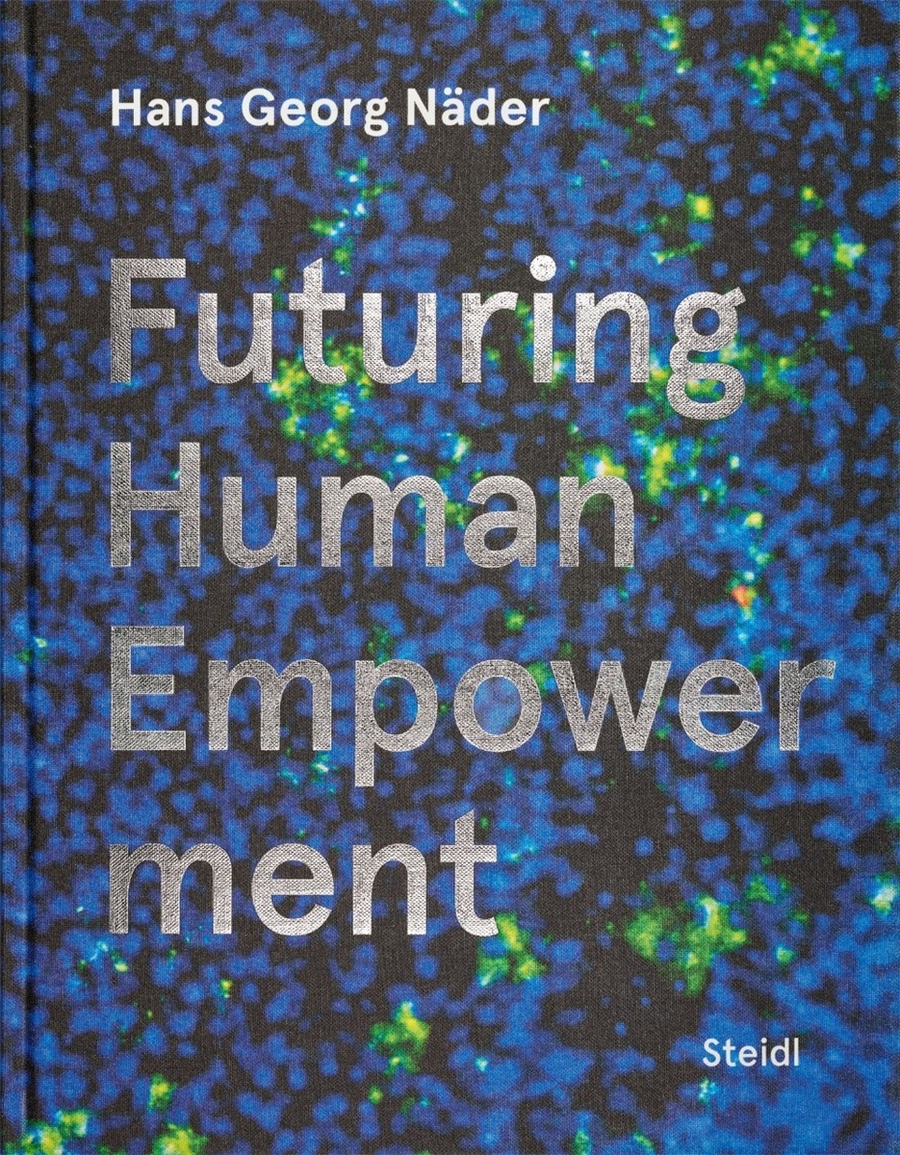Description
Entrepreneur and futurist Hans Georg Näder takes us on a journey to the remaining secrets of the human body. Futuring Human Empowerment offers an exclusive look at laboratories and think tanks worldwide that are normally closed to the public and where the most innovative researchers, engineers and start-ups are working to expand the capabilities of the human body through artificial intelligence and progressive technologies. In exclusive, in-depth conversations, experts explain how they are using biotechnologies in the fights against pandemics and cancer, mobilizing the human body’s hidden self-healing powers, deciphering the mathematical algorithm of life, cultivating stem cells on an industrial scale, and printing artificial replacements of vital organs on 3D bioprinters. Another focus of the book is the design of the human-machine interface. While humanity entered the age of robots and cyborgs long ago, robot “co-workers” are increasingly taking on more of the workload in modern industry, and numerous technologies are seamlessly incorporated into the human body, releasing its unseen potential.
You can picture the brain like a lasagna. – Prof. Dr. Oskar C. Aszmann, University Hospital Vienna




Reviews
There are no reviews yet.